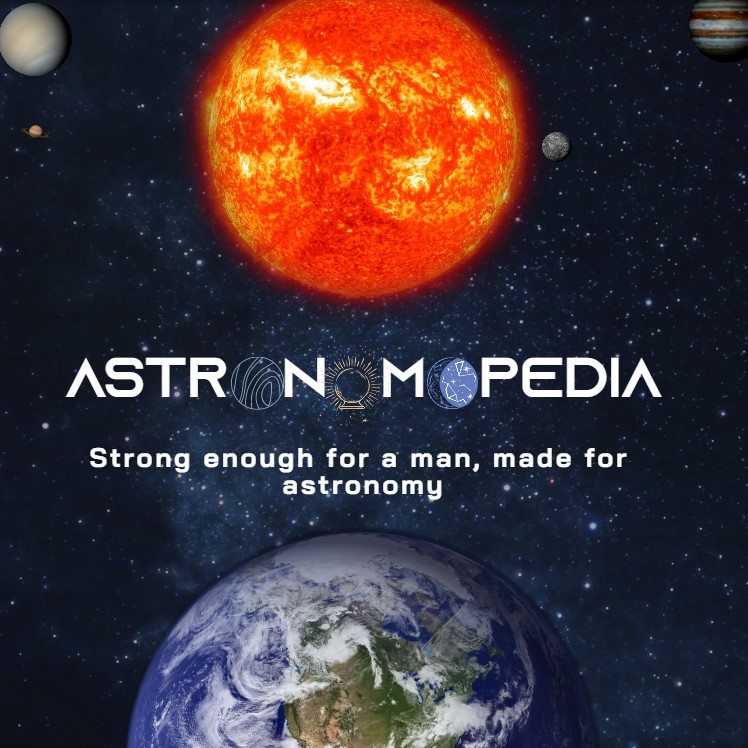
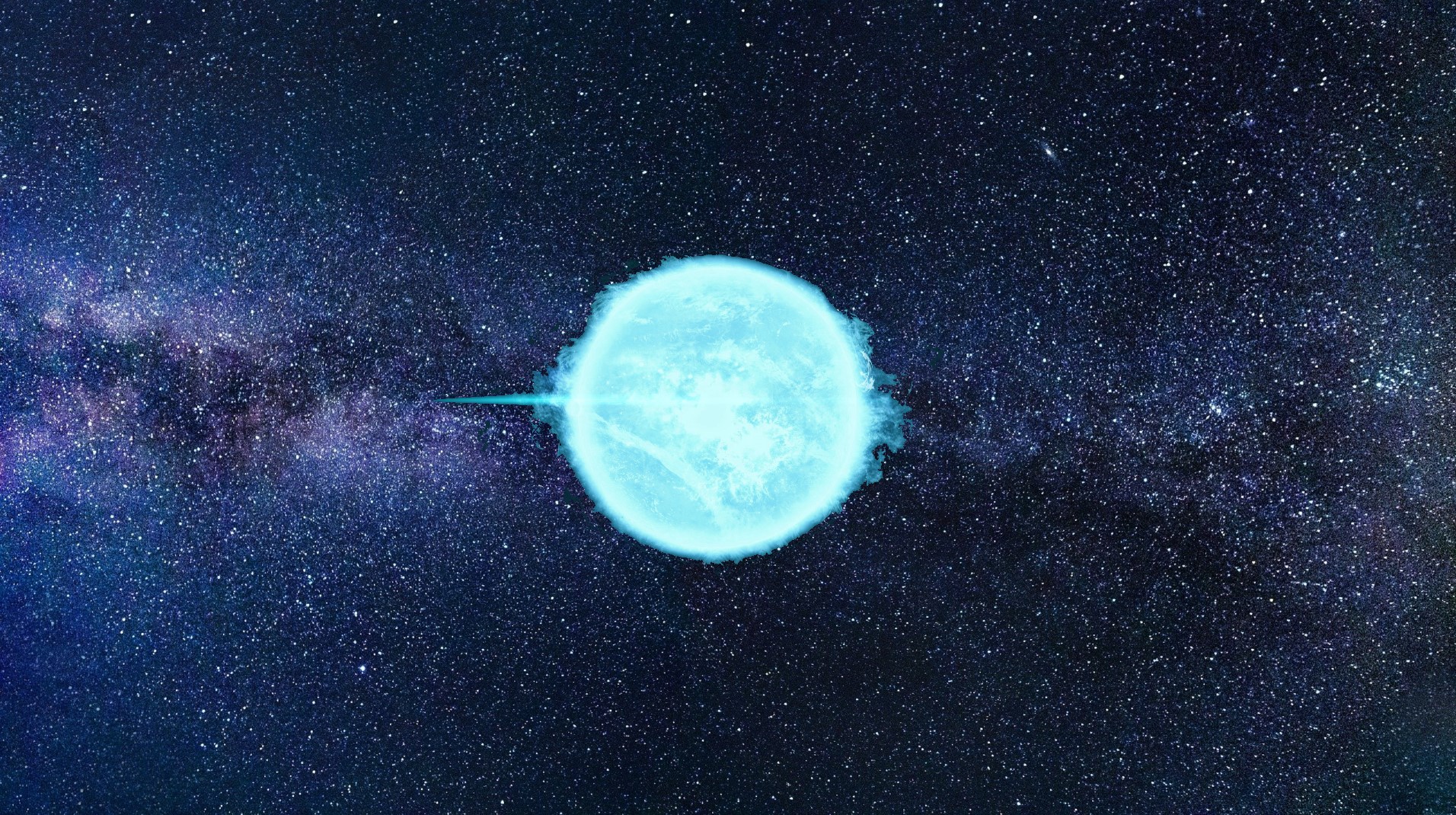
Vega
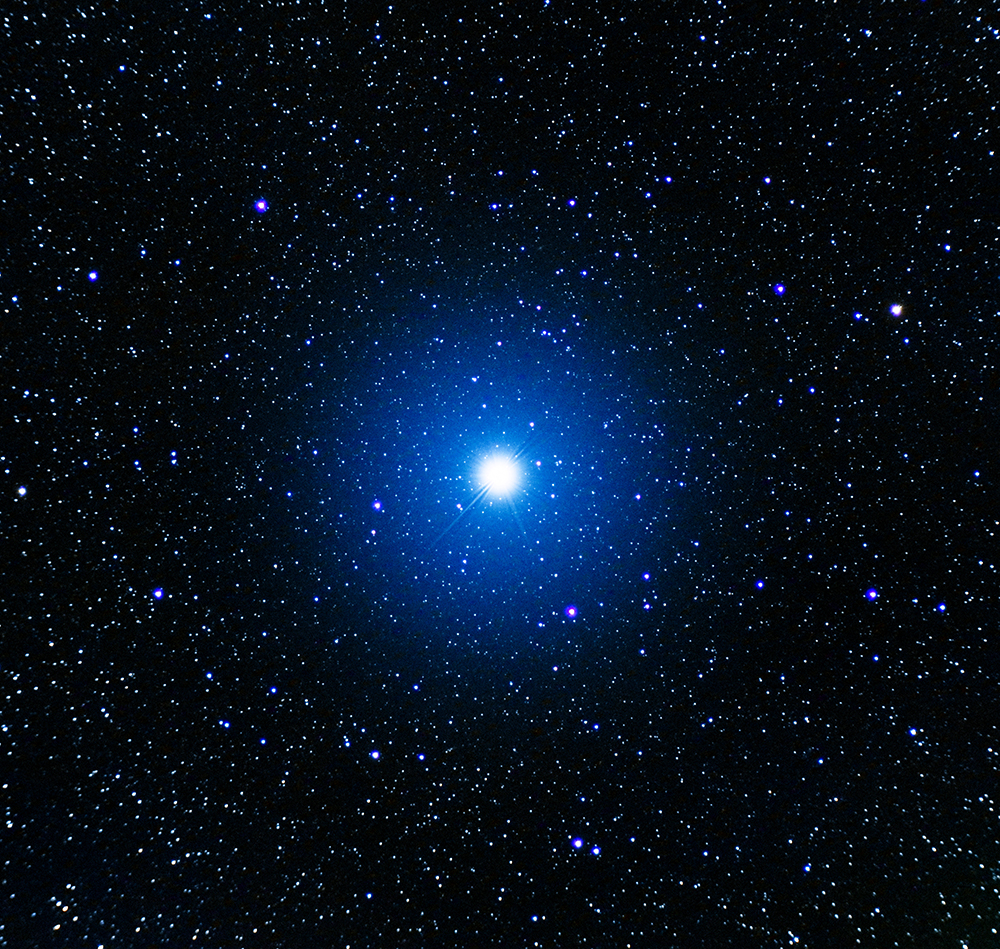
What is Vega?
While being the brightest star in the constellation Lyra, Vega, also known as Alpha Lyrae, Alpha Lyr in Latin (also: α Lyr, 3 Lyrae, Wega, HIP 91262, HD 172167,HR 7001, SAO 67174, BD+38°3238, GJ 721, LTT 15486, GCTP 4293.00, CCDM J18369+3847A, 2MASS J18365633+3847012, TYC 3105-2070-1), graces the night sky as the fifth brightest star and the second brightest star in the northern celestial hemisphere after Arcturus. Vega is prominently visible during the summer months in the Northern Hemisphere. It plays a vital role in the cosmic tapestry, forming an asterism recognized as the Summer Triangle alongside the stars Deneb and Altair. Astronomers have extensively studied Vega, which has led to it being termed 'arguably the next most significant star in the sky after the Sun.'
What is special about this star?
Vega stands out as the most brilliant luminary within the constellation Lyra, situated in the northern celestial sphere. Both its proximity and luminosity, which is approximately 40 times greater than that of the Sun, contribute to its status as one of the most dazzling stars gracing the firmament. With a luminosity that radiates at an impressive magnitude of +0.03, Vega captures the attention of stargazers and astronomers alike with its remarkable brightness. For an extended period, Vega held the esteemed role of a standard reference for the magnitude-zero point. This crucial reference was employed to calibrate the magnitude scale on photoelectric devices, demonstrating the star's significance in the realms of astronomy and observational science.
Morphology
Dimensions
Vega has a radius of 2.362 × 2.818 R☉.
Anatomy
Vega, like other main-sequence stars, possesses a layered structure defined by the interplay of intense heat and pressure generated in its core. The core serves as the heart of the star, where hydrogen atoms fuse to form helium through nuclear reactions, releasing energy in the process. Surrounding the core is the radiative zone, where energy from the core slowly moves outward through radiation, followed by the convective zone, where energy is transported by convection currents. Above these internal layers lies the photosphere, the visible surface of the star emitting the light we see from Earth.
With a mass of approximately 2.135 ± 0.074 M☉, Vega's anatomy showcases the intricate balance between pressure, temperature, and nuclear processes that drive its luminosity and radiance.
Location
Vega, a notable star, is situated at a distance of 25.04 ± 0.07 light-years (7.68 ± 0.02 parsecs) from Earth within the constellation Lyra. This relative closeness places it within our cosmic neighborhood and contributes to its prominence in our night sky. Its position within the constellation Lyra allows stargazers to identify it easily, and its proximity enables astronomers to study Vega's properties with greater precision, enriching our understanding of the universe.
Adding to the intrigue, our entire solar system, including our Earth, is in motion toward Vega. Moving at a speed of approximately 24.1 kilometers (15 miles) per second, our journey toward Vega offers a reminder of the dynamic interactions between celestial bodies and the ever-evolving nature of our cosmic surroundings.
Physico-chemical properties
At the core of Vega, a process of nuclear fusion transforms hydrogen nuclei into helium, generating an immense release of energy in the form of light and heat. This fusion process powers the star, sustaining its luminosity and contributing to the radiant glow that we observe. The conversion of hydrogen to helium in Vega's core is a fundamental process that fuels the star's vitality and distinguishes it as a main-sequence star.
Temperature
Vega's surface is characterized by an impressive temperature of 9602 Kelvin (equivalent to about 9328.85 degrees Celsius or 16,823.93 degrees Fahrenheit). This scorching heat contributes to Vega's intense radiance, illuminating the night sky and making it a prominent feature among the stars. With this temperature range, Vega falls into the class-A star category, known for its bluish-white light. Remarkably, Vega's proximity to the B-class range becomes evident, as a mere increase of 398 degrees Kelvin would transition it into a different class.
Age
Vega's age is estimated to be around 455 million years. This duration marks the time that has elapsed since the star's formation.
Luminosity
Vega's luminosity is approximately around 40.12 ± 0.45 L⨀.
Force fields
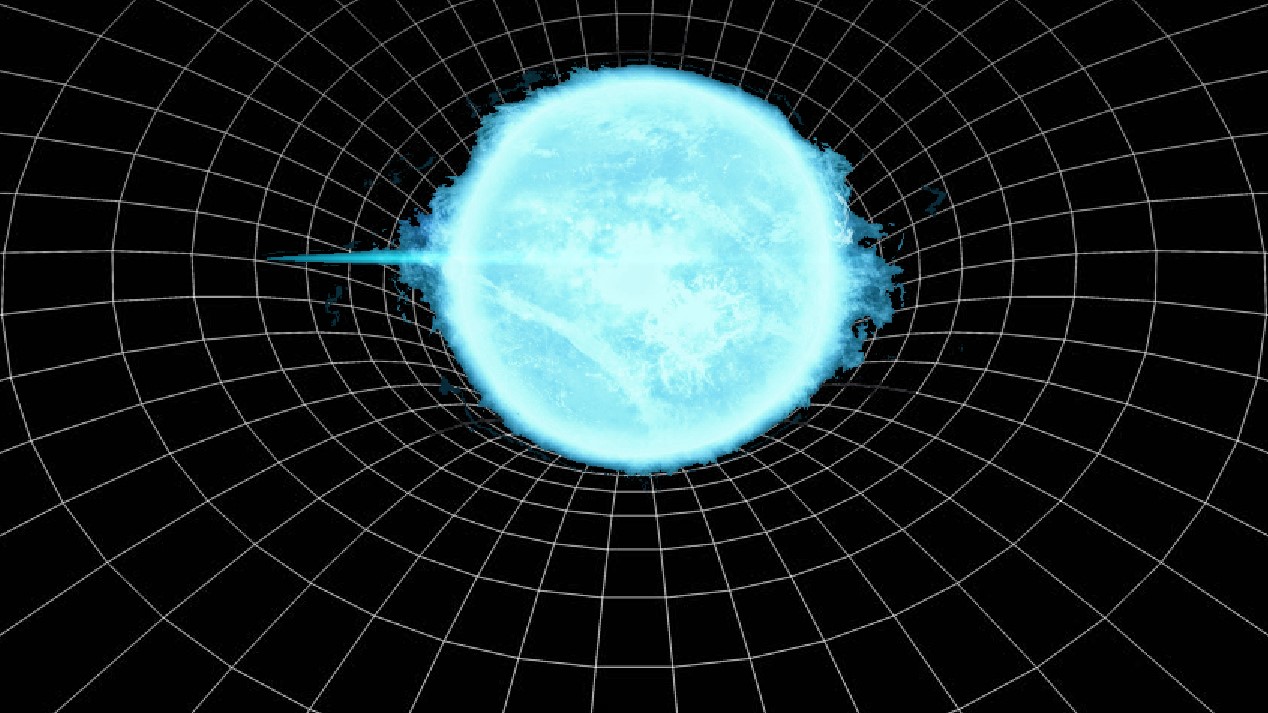
Gravitational force
Vega exerts a gravitational force of approximately 4.1 centimeters per gram per second (cgs), with a range of 4.1 ± 0.1 cgs.
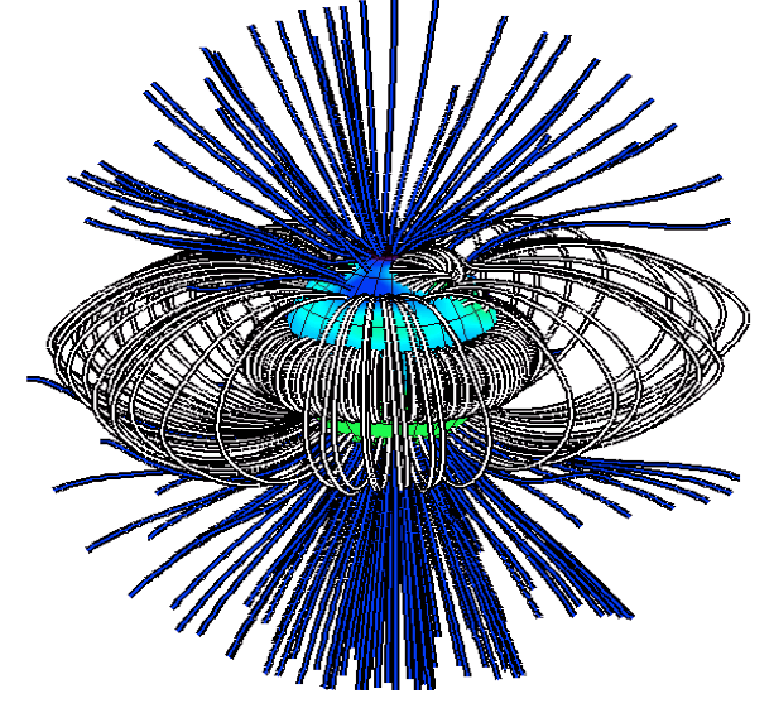
Magnetic field
A recent breakthrough in astronomical research has shed light on Vega, a dazzling presence among the stars. Using the highly sensitive NARVAL spectropolarimeter installed at the Bernard-Lyot telescope within the Pic du Midi Observatory in France, a team of dedicated astronomers has successfully detected a magnetic field on Vega. This remarkable feat was achieved through the observation of the Zeeman effect, manifested in the light emitted by the star.
The discovery itself hinged on the meticulous analysis of the polarization of light emitted by Vega. This intricate study unveiled the subtle presence of a magnetic field on its surface. While magnetic fields within stars are a known phenomenon, the challenge arises with more massive stars like Vega, where theoretical models struggle to predict the field's characteristics. Through a blend of NARVAL's sensitivity and dedicated observations, this achievement marks the first successful identification of Vega's magnetic field, registering at approximately 50 micro-tesla.
Motions
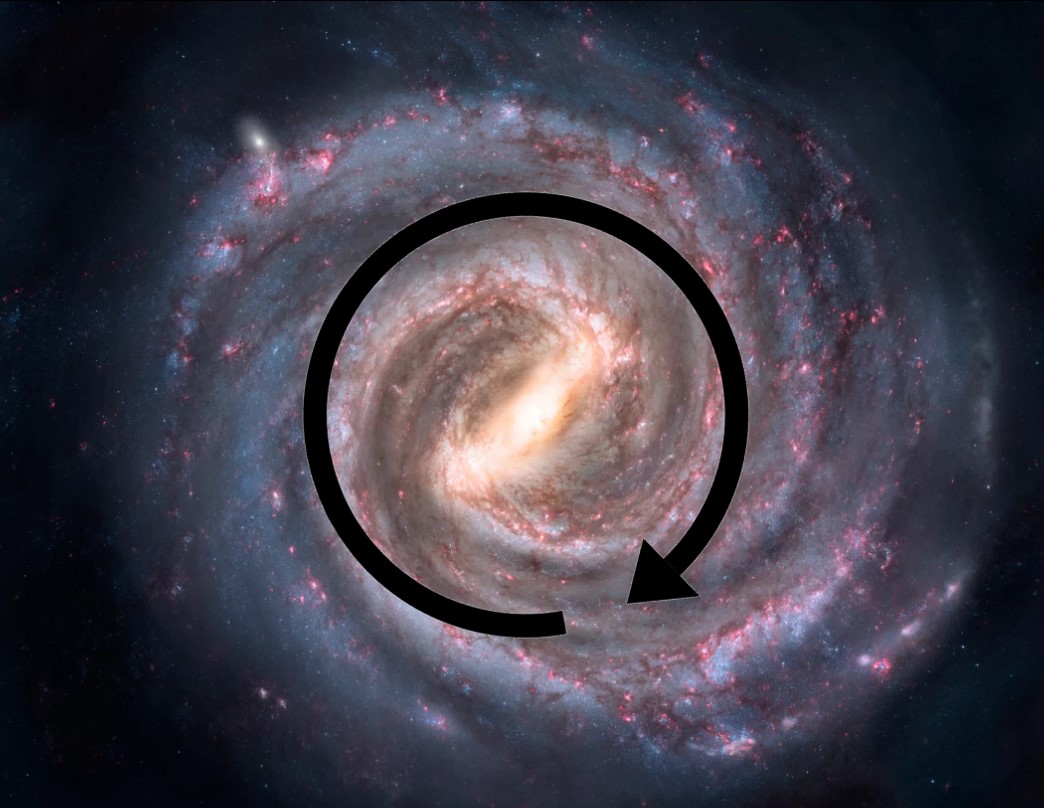
Orbit
We do not know how much time it takes Vega to revolve around the galaxy (Milky way).
Rotation
Vega makes a full rotation every 12.5 hours.
Systems
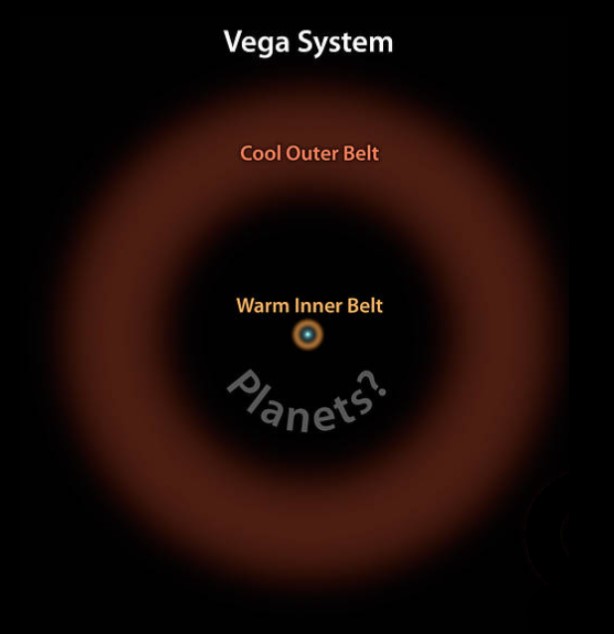
Solar system
It has not yet been discovered whether Vega is accompanied by a planet, despite its fame. Its solar system consist only of one star (Vega).
Types and Classification
Classification
Vega is classified as a main-sequence star, specifically falling within the A-type spectral classification. This categorization is based on its characteristics such as temperature, luminosity, and spectral lines. Main-sequence stars like Vega are in the prime of their lives, steadily fusing hydrogen into helium in their cores. This classification provides valuable insights into Vega's evolutionary stage and its place within the grand cosmic tableau.
Type
Vega holds the spectral type A0V, signifying its position as an A-type main-sequence star. This classification denotes its bluish hue within the realm of white main-sequence stars. Notably, Vega's main-sequence phase is anticipated to span approximately one billion years. This characteristic lifespan is linked to the star's greater mass, leading to a more rapid consumption of fusion fuel compared to smaller stars. This insight into Vega's spectral classification and life cycle contributes to our understanding of its role within the stellar tapestry.
Author: William Homier
Editor: William Homier
Sound credit goes to Dillon Dickerson.
This page was last edited on 16 August 2023, at 22:53 (HAE).
Sources:

